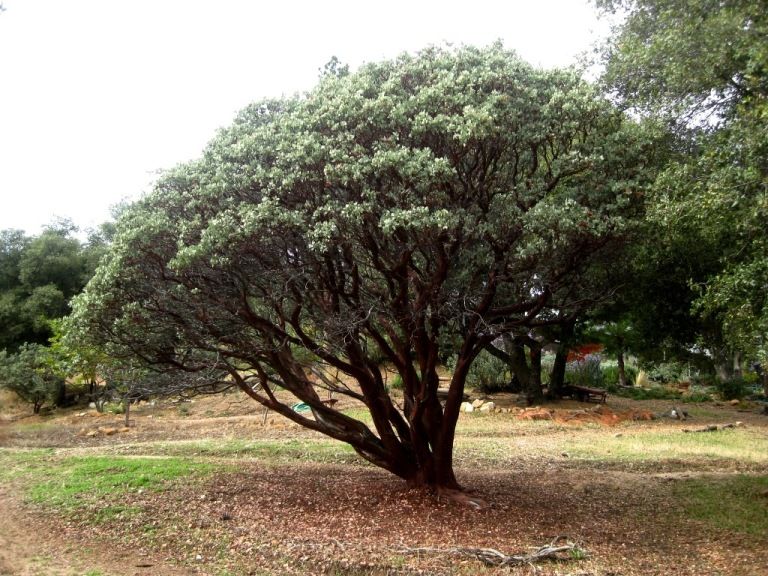Allelopathy is defined in Wikipedia as “a biological phenomenon by which an organism produces one or more biochemicals that influence the germination, growth, survival, and reproduction of other organisms.”
The condition most people familiar with allelopathy is that very few plants can survive under the branches of a black walnut tree.
Certain plants and other organisms give off chemicals that inhibit growth of other plants, reducing competition for resources. These chemicals can be given off by the plant’s root system, through decomposition of leaves, seeds and flowers or even as a gas released from the plant’s pores. Once a plant is showing symptoms, it is usually too late to save it.
To reduce the allelopathic effect, be sure that your soil has good drainage and is healthy with plenty of natural fungi and bacteria. Adding compost and organic material will aid both of those conditions.
With some plants, even removing them won’t solve your problem. You can find plants that are compatible or replace the soil.
The best way to avoid issues is to know which plants cause issues and which plants are most affected. Keep them far apart or don’t plant allelopathy-producing plants.
The other side of allelopathy is “companion planting.” There are situations where a plant with allelopathic effects can “protect” a tolerant plant from competition. This is sometimes used in crop planting where a companion plant will eliminate weeds.
If you have a problem, do some research on those specific plants. There is usually a solution.

